The ultimate guide to efficient ground leveling
Ground leveling is a fundamental process in construction and landscaping that involves altering the landscape to create a flat, even surface. This is crucial for the stability and integrity of any structure or landscape design. Efficient ground leveling ensures a solid foundation, prevents water pooling, and provides a safe, usable space for various applications.
Ground leveling has diverse applications across industries such as construction, agriculture, and urban development. It is essential for building foundations, road construction, agricultural land preparation, and creating recreational areas like parks and sports fields.
Pre-Leveling Considerations
Before embarking on a leveling project, a thorough site assessment is necessary to identify potential challenges such as uneven terrain, soil composition, and the presence of underground utilities.
Selecting the appropriate equipment is critical for efficiency and precision. Factors to consider include the size of the area, the type of soil, and the desired level of flatness.
Different soil types react differently to leveling processes. Knowing the soil characteristics can help in choosing the right techniques and equipment to achieve optimal results.
Ground Leveling Techniques
Manual leveling is a labor-intensive process suitable for smaller or more delicate areas where machinery cannot be used. It involves the use of hand tools and physical labor to achieve the desired grade.
Mechanical leveling utilizes heavy machinery such as bulldozers, graders, and excavators. This method is efficient for large-scale projects, offering speed and precision.
Laser leveling is a technologically advanced method that uses laser beams to achieve a high level of accuracy. It is particularly useful for projects requiring exact specifications and minimal error.
Equipment and Tools for Efficient Ground Leveling
Traditional tools like rakes, shovels, and wheelbarrows are still used for small-scale or detailed work. They are essential for finishing touches and areas inaccessible to machinery.
Advanced machinery such as laser-guided leveling systems, GPS-equipped graders, and remote-controlled compactors enhance efficiency and precision in ground leveling projects.
Understanding the capabilities and limitations of different machines will help in selecting the best equipment for a specific project, ensuring cost-effectiveness and high-quality results.
Best Practices for Ground Leveling
Effective preparation and planning are the cornerstones of successful ground leveling. This includes clear project objectives, timeline, and resource allocation.
Proper execution of leveling techniques is essential. This involves following the planned approach, adapting to on-site conditions, and maintaining communication among team members.
Quality control measures and post-leveling assessments ensure that the project meets the required standards and specifications. Regular checks and adjustments are necessary for achieving the desired outcome.
Environmental Considerations and Compliance
Ground leveling can have significant environmental impacts. It is important to implement measures to minimize disturbance to the ecosystem, such as erosion control and habitat preservation.
Compliance with local, state, and federal regulations is mandatory. Understanding and adhering to these regulations is essential for legal and ethical project completion.
Cost-Effective Strategies for Ground Leveling
Efficient project management involves optimizing resources, streamlining processes, and ensuring timely completion of the project to avoid cost overruns.
Implementing cost-saving strategies such as renting equipment, bulk purchasing of materials, and employing skilled labor can significantly reduce the overall cost of a ground leveling project.


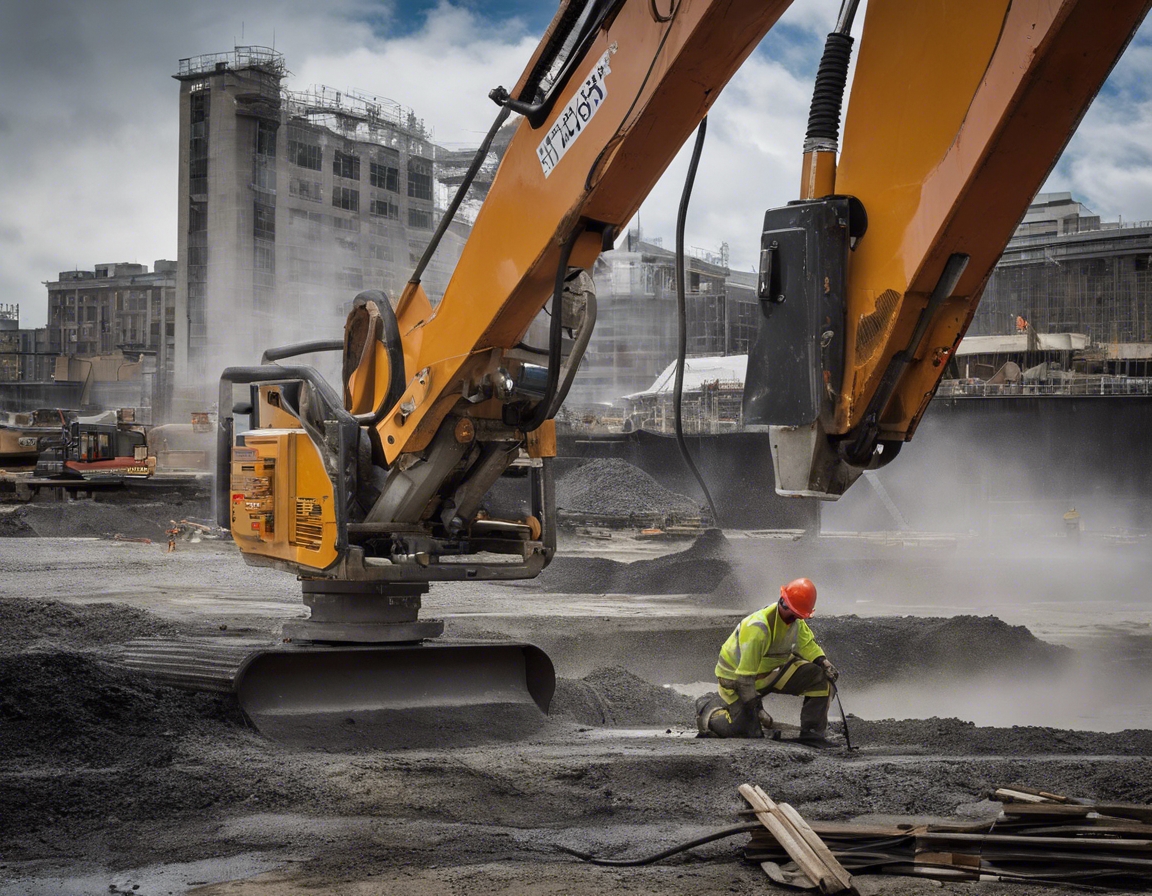

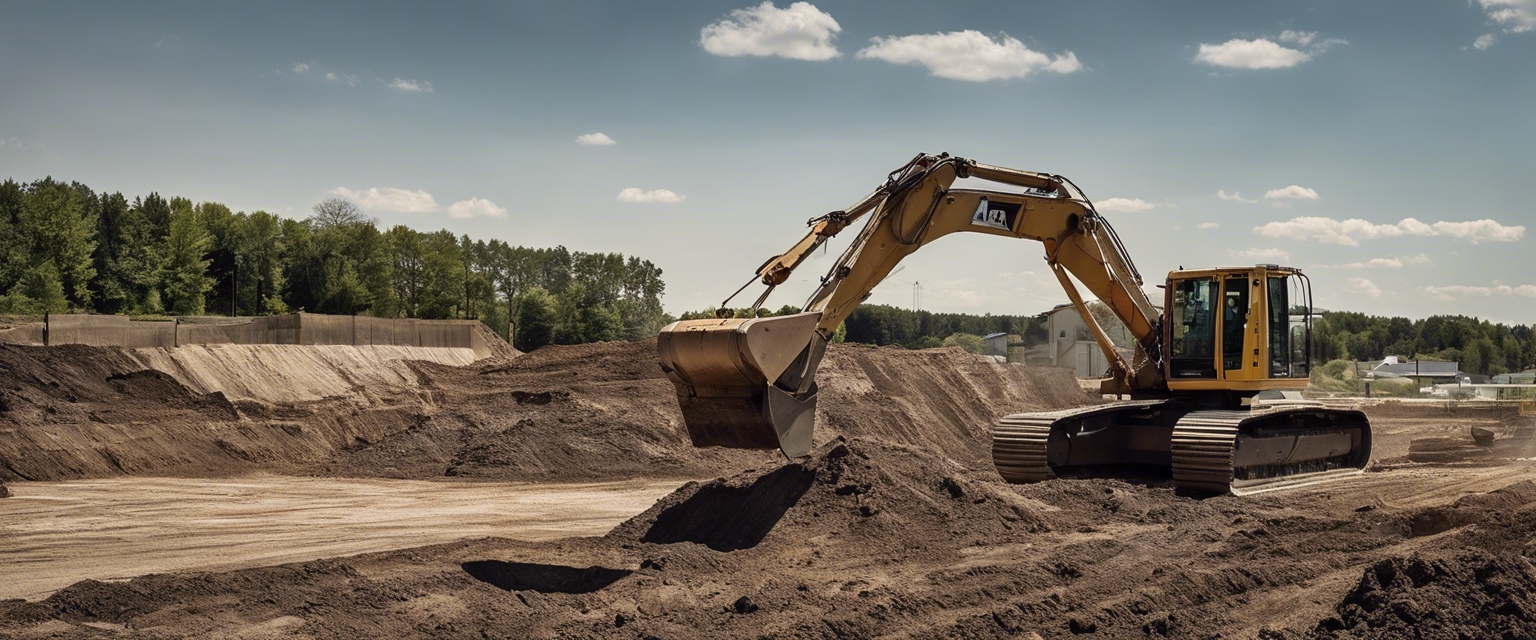
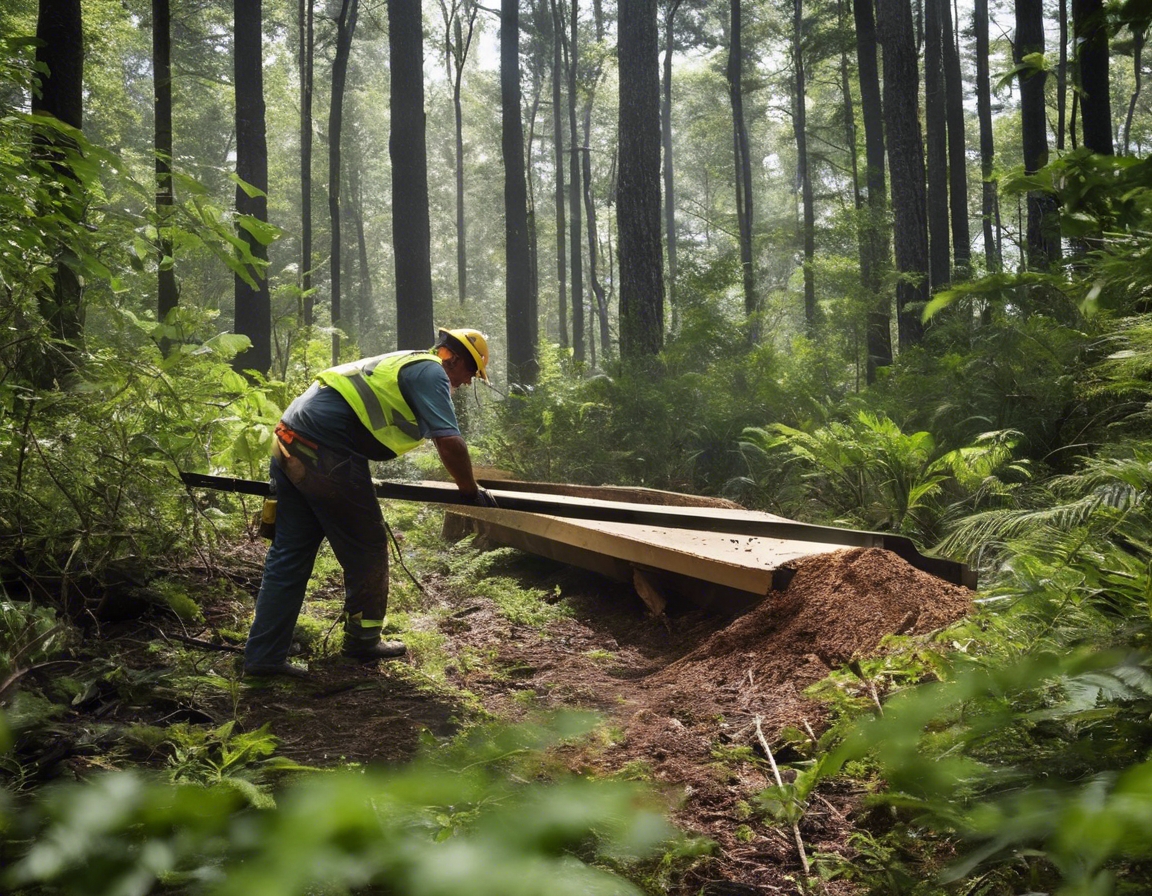
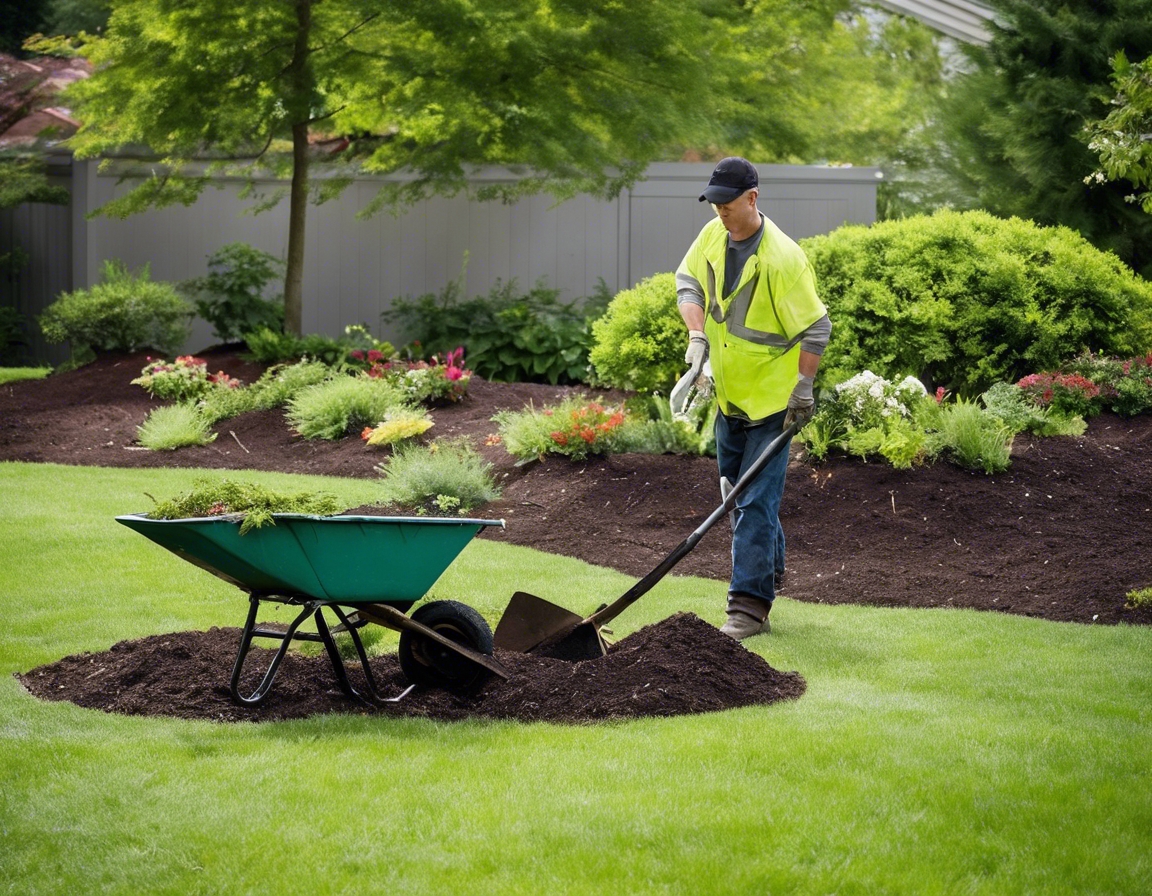
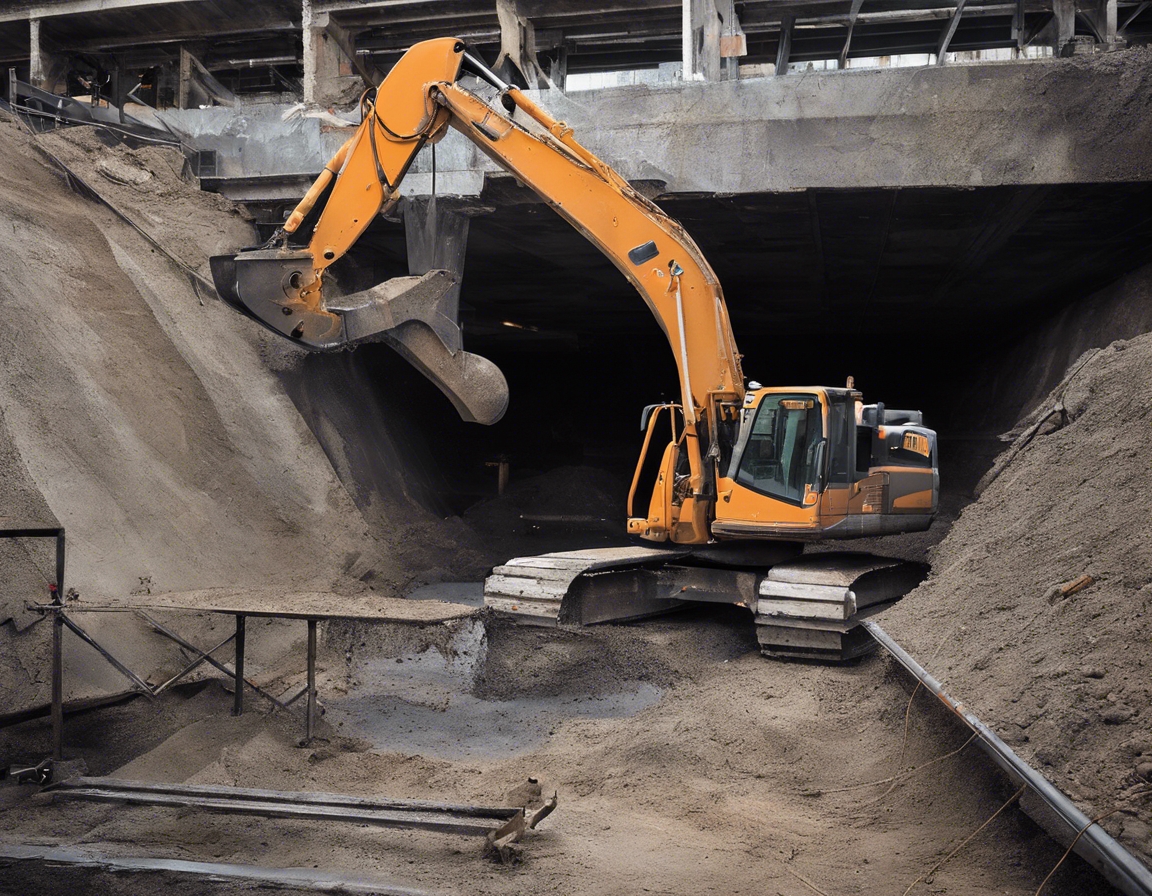
Comments (0)